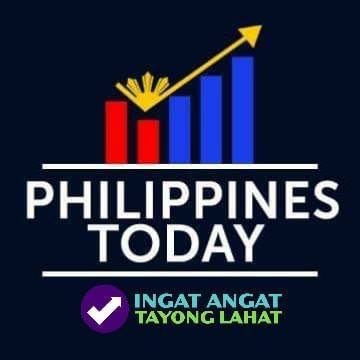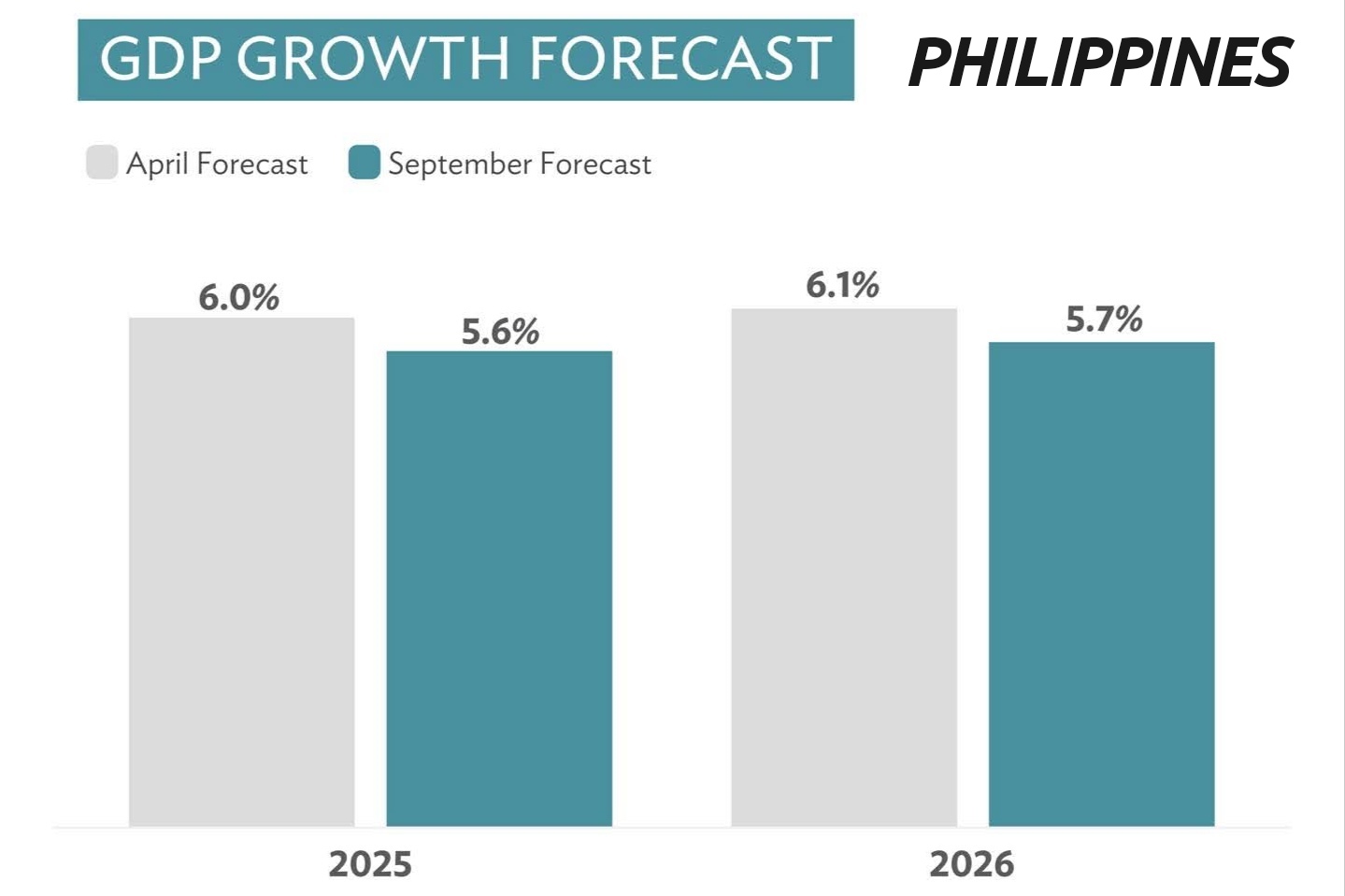ADB sees strong Philippine growth through 2026; climate, trade risks loom
The Philippine economy is expected to remain among Southeast Asia’s fastest-growing over the next two years, supported by resilient domestic demand, easing inflation, and sustained government investment, the Asian Development Bank (ADB) said in its latest report.
Gross domestic product (GDP) is projected to expand 5.6% in 2025 and 5.7% in 2026, broadly unchanged from last year’s 5.7% pace, according to the Manila-based lender’s Asian Development Outlook released on Tuesday. ADB’s forecasts place the Philippines among Southeast Asia’s fastest-growing economies, with only Vietnam expected to post stronger growth.
“The Philippines’ growth outlook remains resilient amid a global environment of shifting trade and investment policies and heightened geopolitical uncertainties,” ADB country director for the Philippines Andrew Jeffries said. “Though these uncertainties pose increased risk, we see strong domestic demand anchoring growth, with sustained investments and an accommodative monetary policy supporting the economy’s expansion.”
The 2025 forecast was unchanged from ADB’s July report, while the 2026 estimate was trimmed slightly from 5.8%. Even so, the pace remains above the projected regional average, reflecting robust household spending, steady remittances from overseas workers, and positive business sentiment.
Inflation is expected to slow more than previously anticipated, with consumer prices forecast to rise just 1.8% in 2025 before quickening to 3% in 2026, back within the government’s 2% to 4% target band. Softer global commodity costs, muted food prices, and a stable supply of rice will help keep inflation in check, the report said. The improved outlook creates room for the Bangko Sentral ng Pilipinas (BSP) to maintain an accommodative policy stance, helping sustain growth momentum.
Still, risks to the outlook remain. Climate-related shocks pose a recurring challenge, with the Philippines battered by about 20 typhoons each year. Severe weather could disrupt agricultural output and push up food prices, ADB warned. External threats include rising trade barriers, policy shifts in major economies, and geopolitical tensions that could dampen investor confidence and global demand.
Government policy is expected to remain a key driver of growth. Infrastructure spending is targeted at 5% to 6% of GDP over the medium term, with investments directed toward big-ticket projects such as roads, bridges, ports, and railways. The recently enacted Accelerated and Reformed Right-of-Way Act, which streamlines land acquisition, is expected to speed up project implementation and boost both public and private investment.
The new law is seen benefiting flagship projects including the ADB-financed Malolos–Clark and South Commuter railways, which will connect Metro Manila to northern and southern provinces, and the Bataan–Cavite Interlink Bridge, which is set to become one of the world’s longest bridges when completed. These projects form part of the government’s broader effort to modernize transport networks, reduce congestion, and spur regional development.
Business sentiment remained positive in the second quarter, according to a BSP survey, while consumers maintained an optimistic outlook for 2026. Together with sustained remittance inflows and government spending, these trends suggest domestic demand will remain the economy’s main growth engine, offsetting external headwinds.



0 Comment